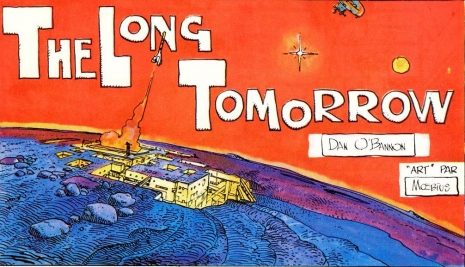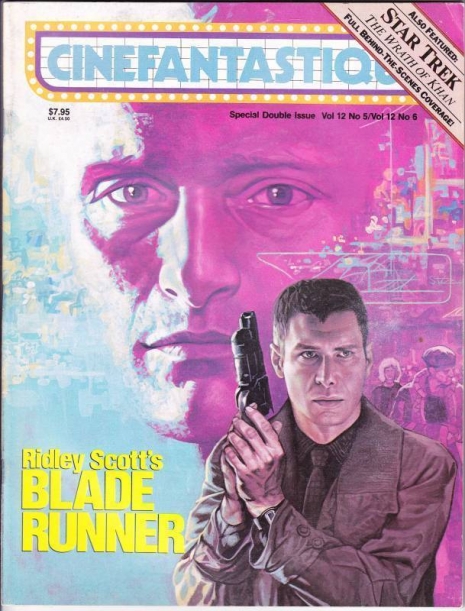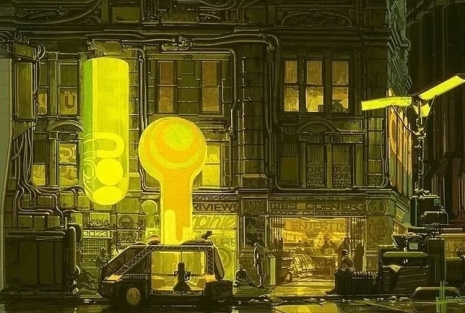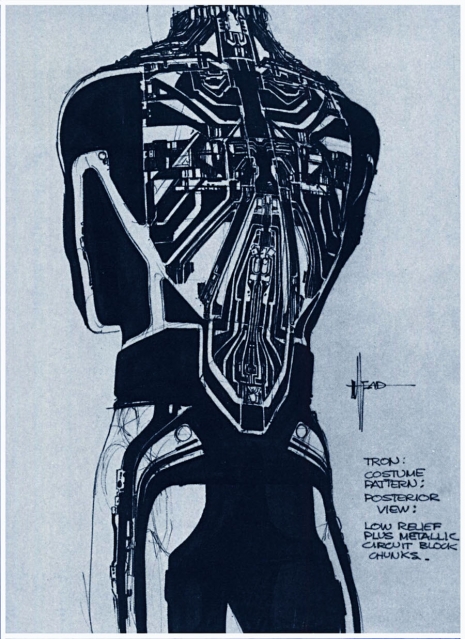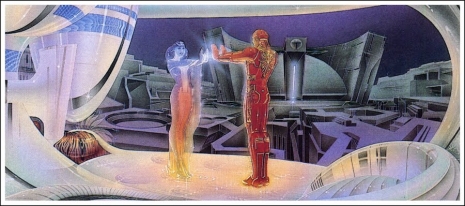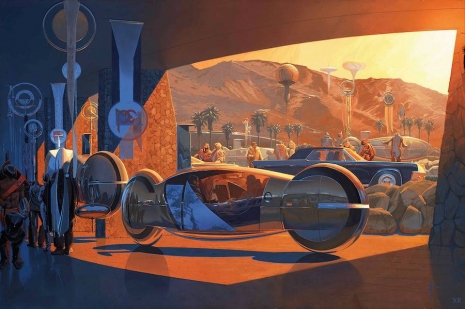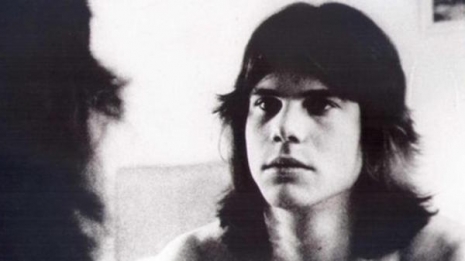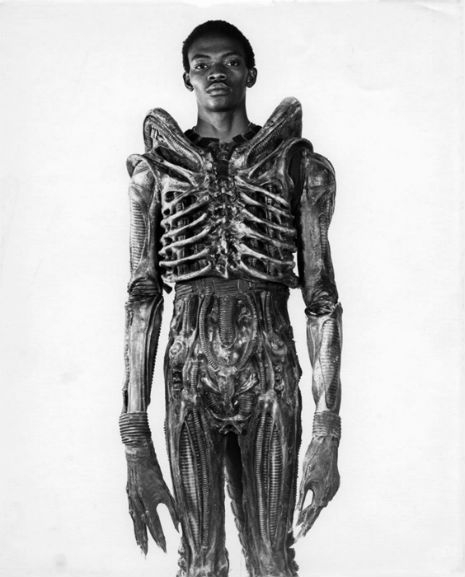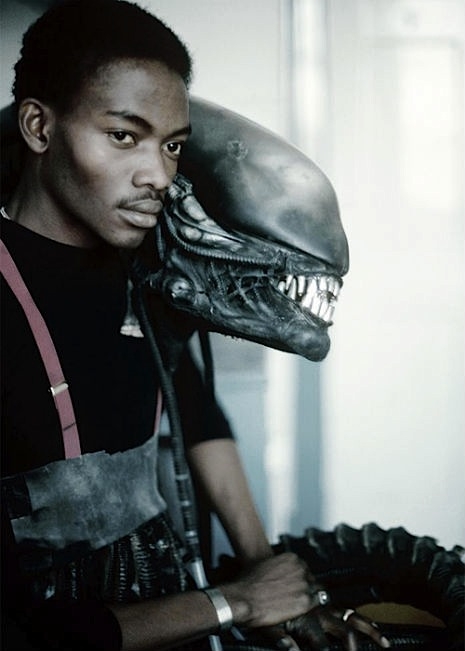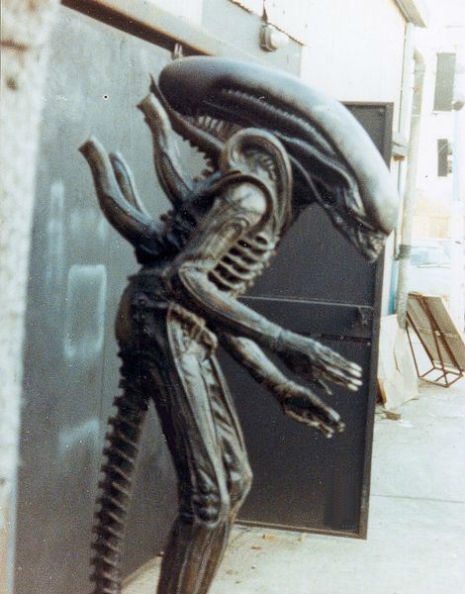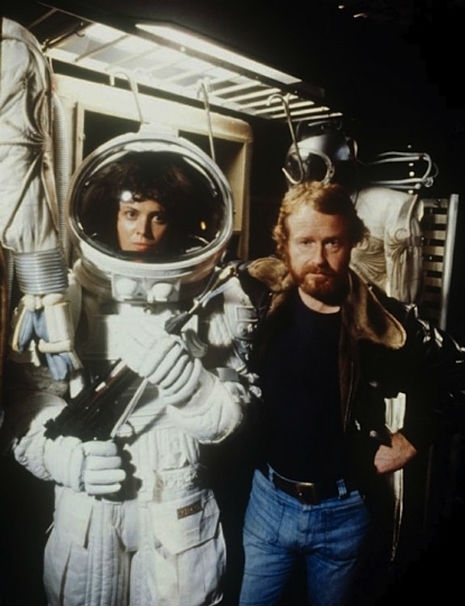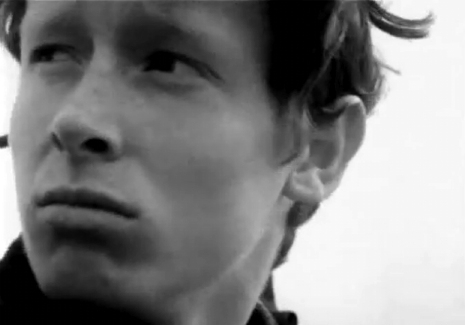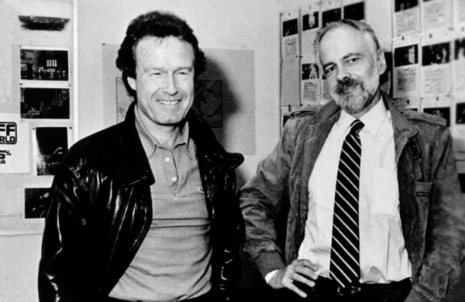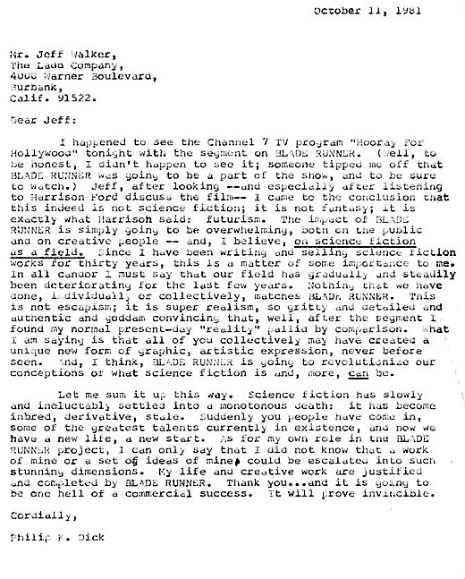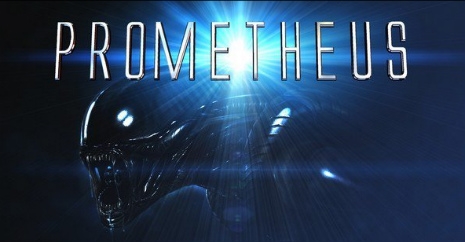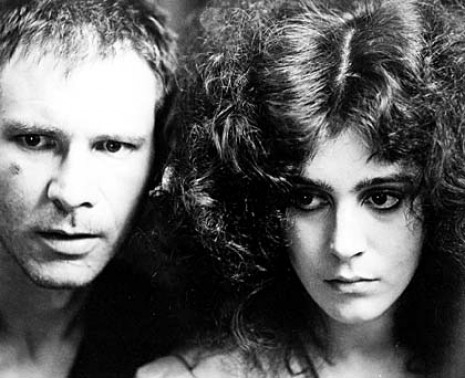
In some parallel universe, Oliver Reed replaced Sean Connery as James Bond for On Her Majesty’s Secret Service. Frank Sinatra was Dirty Harry, John Travolta played Forrest Gump and Emma Watson won the Oscar for her performance in La La Land.
Meanwhile...Grace Jones and Divine co-starred in Ridley Scott’s Blade Runner.
Jones famously ‘fessed up to nixing a lead role in Blade Runner on the advice of her then-boyfriend graphic designer/photographer Jean-Paul Goude, as she explained in her autobiography I’ll Never Write My Memoirs:
Jean-Paul wanted me only to work with him. Especially if I was going to do a film. He wanted me to do a film only with him, before anyone else. I knew he would be adamant that it was a bad move to appear in Blade Runner. I immediately said no, before I had even read the script and before I had even asked him. When he heard about the film, he said what I thought he would say — it would be too commercial, and I would become too Hollywood. I would be a sellout.

I still had the script, though, and the night after I had passed on the part, I was flying to Paris. I decided to read it on the plane. I absolutely loved it. It was set in a universe I visited a lot in my work and play. As soon as I landed I decided I would call them back and reverse my decision. I was too late. Overnight they had cast someone else. I should have made that decision myself, rather than being caught up in Jean-Paul’s rivalry with Ridley Scott in the world of commercials… If I had seen the film Ridley had made a couple of years before, The Duellists, which was fabulous, I wouldn’t have thought for a moment about accepting. I said no without reading the script, which was very stupid of me…

As for Divine, well, he was invited by Ridley Scott to audition for a role in the film as Bernard Jay recalled in his biography/memoir Not Simply Divine:
I was discussing with an important casting agency the possibility of Divine playing a role in an upcoming movie, Blade Runner, to be directed by Ridley Scott, one of Hollywood’s new ‘darlings’ since his success with Alien. Divi was invited to give a private reading for the director at his Hollywood office. We flew to the West Coast—at Divine’s expense—and worked solidly together for many hours on the brief pages of filmscript provided. Divi was terrified. It was the first time he had ever had to audition and, although it had been arranged in privacy and with great courtesy by Ridley Scott’s office, he was a nervous wreck.
He spent the best part of an hour alone with the director. I waited outside and became as nervous as my client. Divi wasn’t offered the role, but told me Ridley Scott had spent most of their time together talking of the John Waters movies and how great a fan of Divine’s he was. He also asked him to read from a completely different filmscript than the one we had prepared from. Divine was immensely flattered to have been approached and humbled by this experience. Once again, I was impressed and proud of the way he had dealt with it—and delighted to note that he was beginning to be taken seriously within in his own industry.
The casting for Blade Runner proved difficult. According to production notes, screenwriter Hampton Fancher envisioned Robert Mitchum as playing the lead role of Rick Deckard and wrote the dialog accordingly. Ridley Scott, meanwhile, was attempting to woo Dustin Hoffman into playing the role. He eventually said no. The role of Deckard was touted to a variety of actors including Sean Connery, Gene Hackman, Clint Eastwood, Paul Newman, Al Pacino, Burt Reynolds, Arnold Schwarzenegger, and Tommy Lee Jones before Harrison Ford was offered the part. One can only surmise that Grace Jones would have been offered the role of one of the replicants—either Pris (which went to Daryl Hannah) or Zhora (Joanna Cassidy). While Divine may have possibly been considered as a possible choice for the replicant Leon (Brion James) or maybe J. F. Sebastian (William Sanderson) or perhaps more intriguingly the evil mogul Dr. Eldon Tyrell (Joe Turkel).
Grace Jones went on to co-star with Christopher Walken in the James Bond movie A View to a Kill, while Divine eventually got the chance to show his “straight” acting skills on the big screen as the sinister mob boss Hilly Blue in Alan Rudolph’s Trouble in Mind in 1985. I’d trade one of those movies (the Bond) to see what Jones and Divine would have been like in Blade Runner.
Below Divine in the trailer for Trouble in Mind.
H/T Afterglow.






